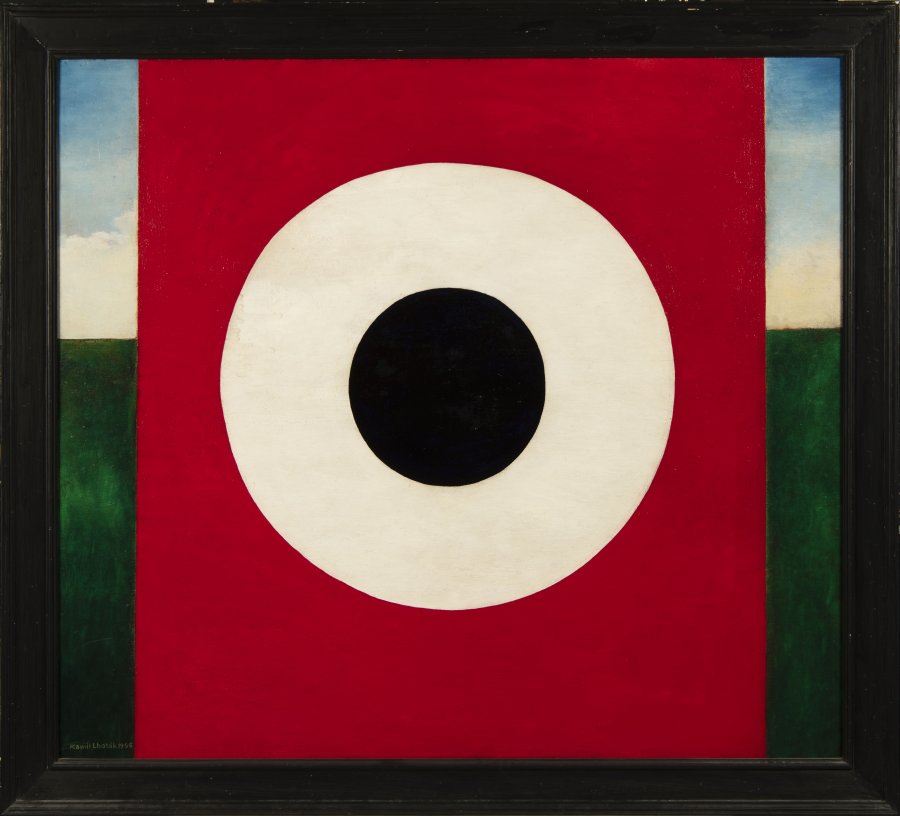Lot 176
THE GREAT TARGET
1966
oil, "honeycomb" cardboard
97 x 109 cm (h x w)
sign. lower left: Kamil Lhoták 1966
| 145 833 €
| 250 000 €
From the expert opinion of Ing. Libor Šteffek, MBA: "The assessed work, The Great Target, was presented at the exhibition of Kamil Lhoták at the Gallery of the Czechoslovak Writer in Prague in 1966, exhibited under number 21. Given the authenticity of the conception, the sovereignty of the painting's execution, the excellent provenance and the clearly documented history of the painting, it can be stated that it is a magnificent, extremely representative and highly collectible work, which occupies one of the leading places in the artist's lifetime work. The offered work is also the largest painting of the artist with the motif of a target that did not end up in state galleries. The work is also registered in the List of Kamil Lhoták's paintings, which the artist himself maintained, under the number 1294/4. This high-quality work was created in the second half of the 1960s, when the symbol of the target in various forms was one of the artist's most typical motifs.
After his entry into the world of painting in the 1930s, Kamil Lhoták gained complete confidence in his conception and means of expression within a few years, and by the beginning of the 1940s he was already a comprehensively equipped artist who transferred his subjects onto canvas with immediacy. At the same time, he concentrates on capturing motifs close to his heart during this period, so that 1940 and 1941 become the peak years of this phase of his work, accompanied by his signature initials KL, when the artist's works are created without major corrections by environmental influences. After the formation of Group 42, Kamil Lhoták entered the circle of like-minded artists whose motto was to depict the city and "the world we live in".
Kamil Lhoták's works began to gradually turn away from the motifs of the city to the landscape in the early 1950s. It is not, however, an idealised landscape, but on the contrary a landscape in which man and his influence always play an essential role. At the beginning of the 1960s, there is a fundamental change in his conception of landscape. This new approach, represented by the concept of Green Ireland, which juxtaposes two large, colour-contrasting areas, is subsequently described by Prof. František Dvořák and the professional public as a completely innovative conception of the seemingly already exhausted topic of landscape design. At the same time, new motifs enter his work and his works acquire a new dynamism. Thus, Lhoták presents us with, for example, the motif of a wire eagle, a desert machine or a target. The motif first appears in his painting in 1964 and, after the culmination of the inclusion of this motif between 1965 and 1967, it remained there until the early 1970s. Lhoták presents his targets in various forms. In some cases, the painter incorporated them as one of the sub-artifacts in his work, but mostly they play the main role and draw the viewer's attention to them. Such is the case in this work, where the painter places a visually and coloristically very distinctive target in the foreground, while at the same time placing it somewhere in the open landscape, into which he gives us a glimpse on both sides of the target itself. In this way, he links the solitariness of the main object with his conception of landscape, which he came up with in the 1960s. At the same time, this work can also be described as one example of the painter's reaction to the pervasive influence of Op Art in Czechoslovakia at the time. However, Lhoták's work impresses not only with this interconnection of thought, but also with its pure artistry, extraordinary lightness and sovereignty of painting execution. After it was painted, the painting The Great Target hung in a place of honour in Lhoták's apartment and was highly valued by the painter. For years he refused many offers to sell it and sold it only at the end of his life in 1989. The painting then spent the next 35 years in the collection of its current owner. The motif of the target, as one of the characteristic features of Kamil Lhoták's work, is represented in many gallery and private collections. Among the most important representatives here we can include the works The Big Target 2 (1281/39, 1965) or The Big Target (1304/14, 1966), located in the Gallery of Modern Art in Hradec Králové and the Benedikt Rejt Gallery in Louny, respectively. Among the most important works in private collections are the Target (1319/29, 1966) and the iconic Red Target (1375/38, 1967)."
Published: Šteffek, L.: Kamil Lhoták A Thousand Paintings. Prague, 2024. pp. 330, 331. Inventory number: 1294/4.
More works from auction
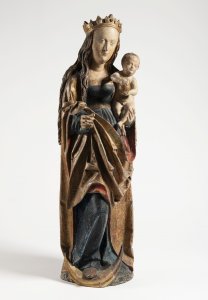
Lot 1 GOTHIC MADONNA
Starting price180 000 CZK | 7 500 €
Price realized
280 000 CZK | 11 667 €
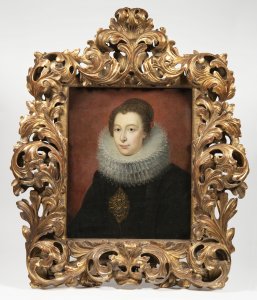
Lot 2 PORTRAIT OF A LADY
Starting price90 000 CZK | 3 750 €
Price realized
120 000 CZK | 5 000 €
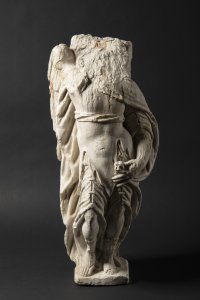
Lot 3 MANNERIST SAINT MICHAEL TORSE
Starting price40 000 CZK | 1 667 €
Price realized
120 000 CZK | 5 000 €
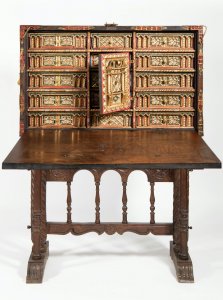
Lot 4 BARGUEÑO CABINET
Starting price90 000 CZK | 3 750 €
Price realized
160 000 CZK | 6 667 €
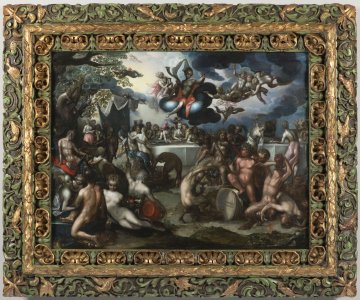
Lot 5 THE WEDDING OF PELLEUS AND THETIS
Starting price650 000 CZK | 27 083 €
Price realized
800 000 CZK | 33 333 €
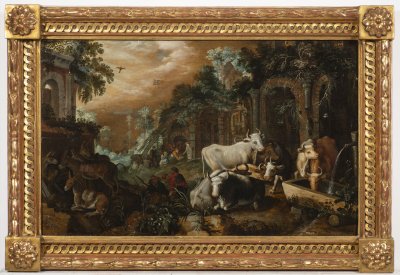
Lot 6 PASTORAL SCENE
Starting price380 000 CZK | 15 833 €
Price realized
420 000 CZK | 17 500 €
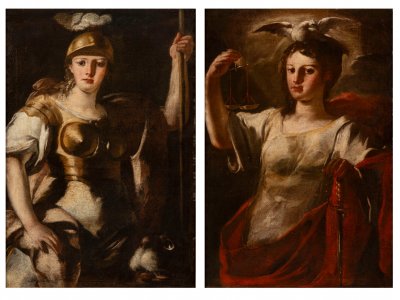
Lot 7 PAIR OF ALLEGORIES
Starting price160 000 CZK | 6 667 €
Price realized
170 000 CZK | 7 083 €
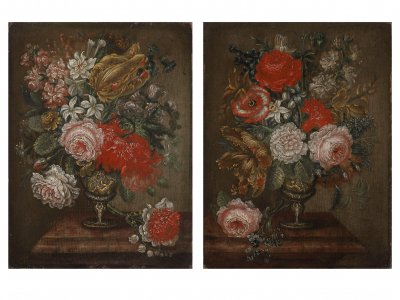
Lot 8 PAIRED FLORAL STILL LIFES
Starting price35 000 CZK | 1 458 €
Price realized
35 000 CZK | 1 458 €
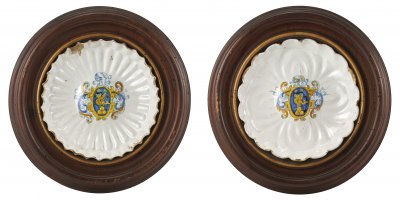
Lot 9 PAIR OF CERAMIC PLATES
Starting price25 000 CZK | 1 042 €

Lot 10 LARGE PROSPECTUS OF PRAGUE FROM PETRIN HILL
Starting price40 000 CZK | 1 667 €
Price realized
75 000 CZK | 3 125 €
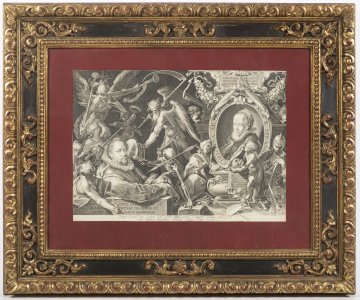
Lot 11 BARTHOLOMEUS SPRANGER AND CHRISTINA MULLER
Starting price25 000 CZK | 1 042 €
Price realized
33 000 CZK | 1 375 €
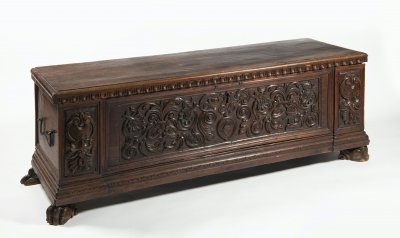
Lot 12 MANNERIST CHEST
Starting price24 000 CZK | 1 000 €
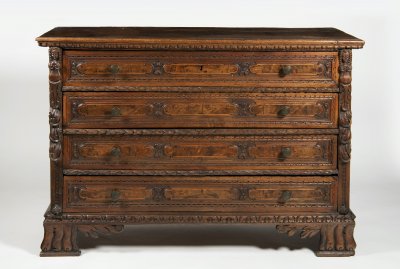
Lot 13 MANNERIST CHEST OF DRAWERS
Starting price35 000 CZK | 1 458 €
Price realized
41 000 CZK | 1 708 €
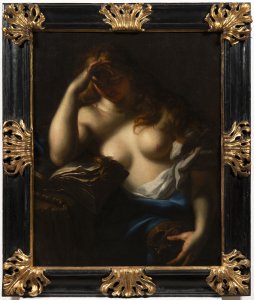
Lot 14 PENITENT MARY MAGDALENE
Starting price3 500 000 CZK | 145 833 €
Price realized
3 900 000 CZK | 162 500 €
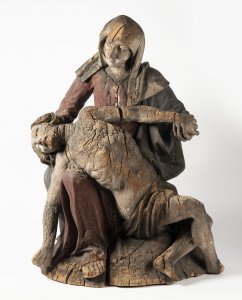
Lot 15 LARGE BAROQUE PIETÀ
Starting price60 000 CZK | 2 500 €
Price realized
60 000 CZK | 2 500 €
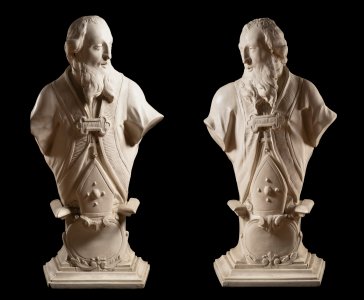
Lot 16 PAIR OF CHURCH DIGNITARIES
Starting price70 000 CZK | 2 917 €
Price realized
75 000 CZK | 3 125 €
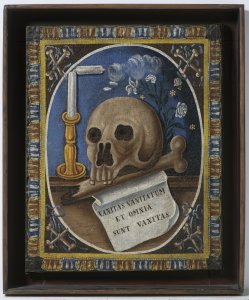
Lot 17 MEMENTO MORI
Starting price23 000 CZK | 958 €
Price realized
29 000 CZK | 1 208 €
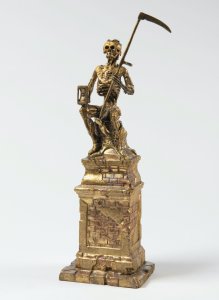
Lot 18 MEMENTO MORI
Starting price30 000 CZK | 1 250 €
Price realized
40 000 CZK | 1 667 €
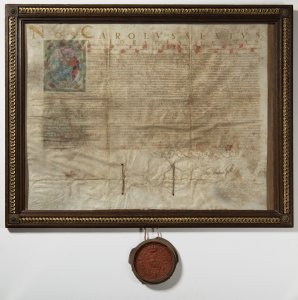
Lot 19 NOBILITATION GRANTED BY CHARLES VI.
Starting price14 000 CZK | 583 €
Price realized
39 000 CZK | 1 625 €
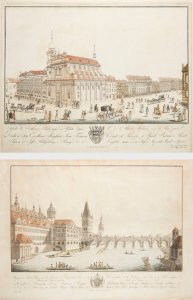
Lot 20 TWO PRAGENSIAS
Starting price25 000 CZK | 1 042 €
Price realized
39 000 CZK | 1 625 €
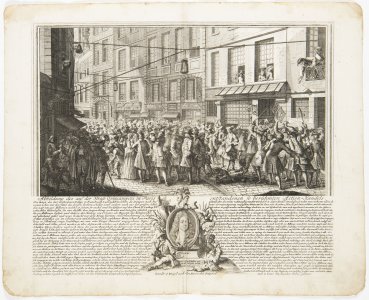
Lot 21 QUINCAMPOIX STREET DURING THE MISSISSIPPI BUBBLE
Starting price4 000 CZK | 167 €
Price realized
4 000 CZK | 167 €
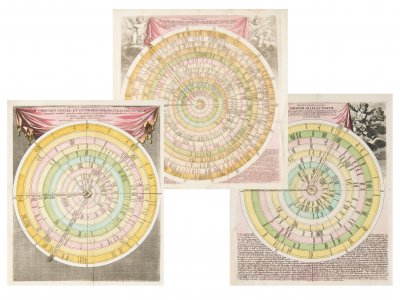
Lot 22 DISCUS CHRONOLOGICUS (3 SHEETS)
Starting price6 000 CZK | 250 €
Price realized
13 000 CZK | 542 €
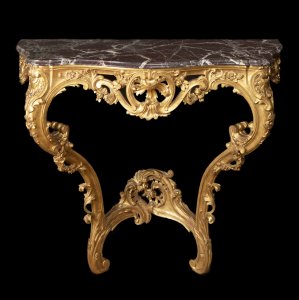
Lot 23 BAROQUE CONSOLE TABLE
Starting price30 000 CZK | 1 250 €
Price realized
31 000 CZK | 1 292 €
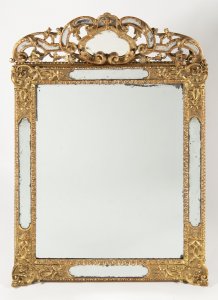
Lot 24 RÉGENCE BAROQUE MIRROR
Starting price24 000 CZK | 1 000 €
Price realized
32 000 CZK | 1 333 €

